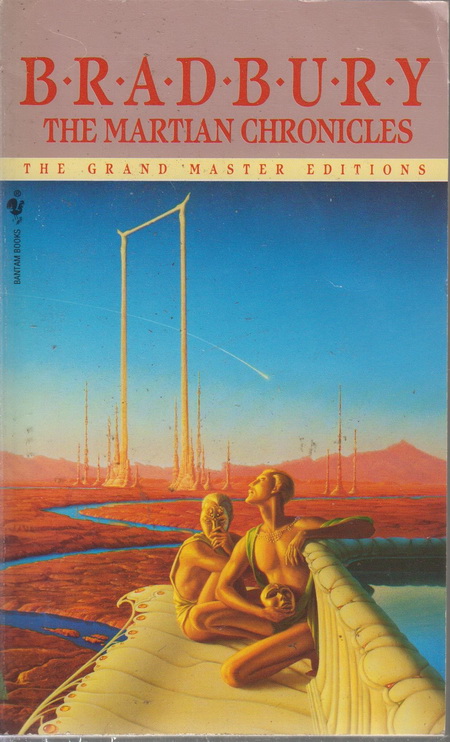


His final thought is a wish that his life would at least be worth something to someone else. The narrator bitterly reflects on his life and feels he has accomplished nothing worthwhile. The story describes the final thoughts and conversations of the crew members as they face their death. The crew of a space ship drift helplessly through space after their craft malfunctions.

They then see the lions feasting but do not recognize what has happened. They later have lunch on the veldt with the child psychologist. The children trap their parents in the nursery, where they become prey to the lions. The children are not pleased with this decision but later coolly agree to it. A child psychologist suggests that the automated house is not good for the children's development, nor the parents', and insists they disable the automation and take a vacation to become more self-sufficient. Parents in a futuristic society worry about their children's mental health when their new virtual reality nursery, which can produce any environment the children imagine, continually projects an African veldt, populated by lions feasting on carcasses. "The Fox and the Forest" was adapted by Terry Nation for the 1965 BBC television series Out of the Unknown. "The Veldt", "The Concrete Mixer", "The Long Rain", "Zero Hour", and "Marionettes Inc." were adapted for The Ray Bradbury Theater television series. Some of the stories, including "The Veldt", "The Fox and the Forest" (as "To the Future"), " Marionettes, Inc.", and "Zero Hour" were also dramatized for the 1955–1957 radio series X Minus One. It presents adaptations of the stories " The Veldt", " The Long Rain" and "The Last Night of the World". The book was made into the 1969 film, The Illustrated Man, starring Rod Steiger and Claire Bloom. The man's tattoos, allegedly created by a time-traveling woman, are individually animated, and each tells a different tale.Īll but one of the stories had been published previously elsewhere, although Bradbury revised some of the texts for the book's publication. The unrelated stories are tied together by the frame story of "The Illustrated Man", a vagrant former member of a carnival freak show with an extensively tattooed body whom the unnamed narrator meets. It was nominated for the International Fantasy Award in 1952. A recurring theme throughout the stories is the conflict of the cold mechanics of technology and the psychology of people. The Illustrated Man is a 1951 collection of 18 science fiction short stories by American writer Ray Bradbury.


 0 kommentar(er)
0 kommentar(er)
